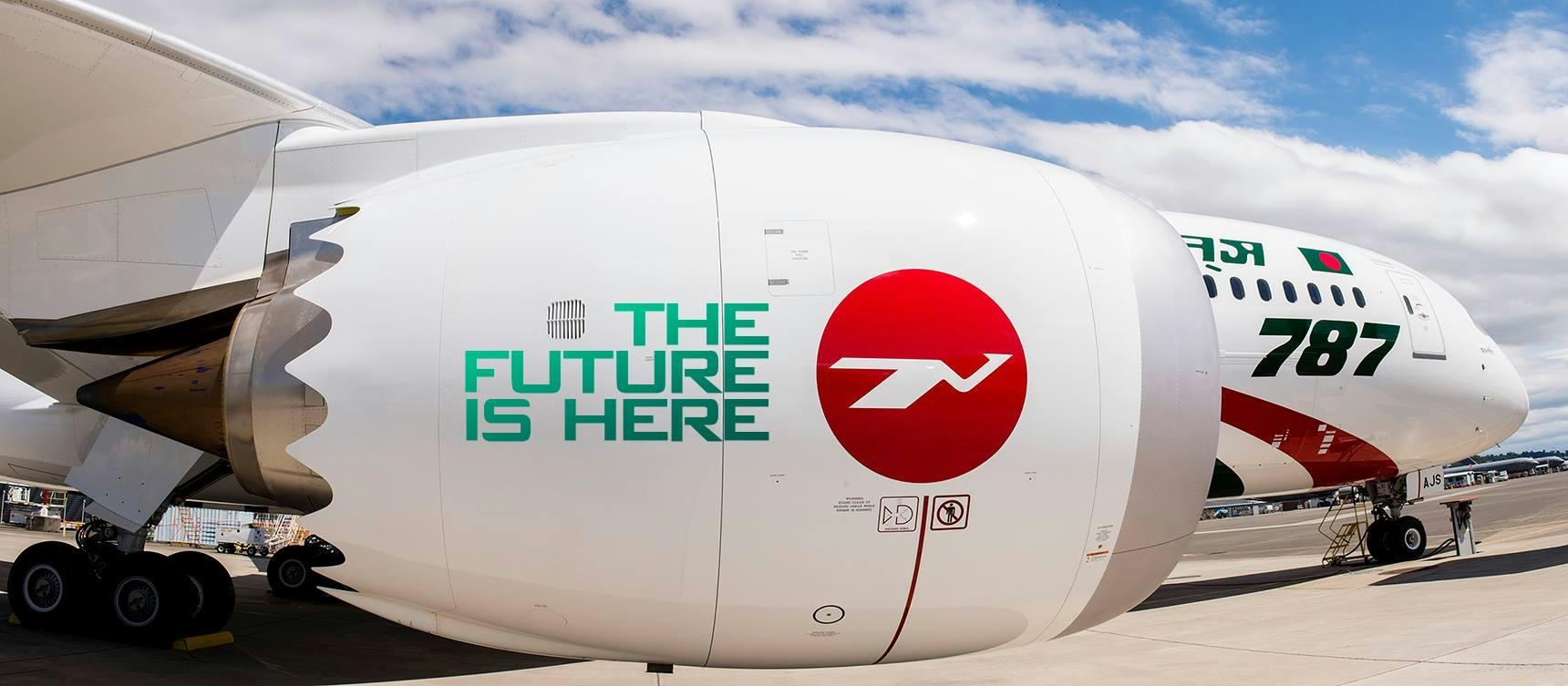
AeroGenie — Uw intelligente copiloot.
Trending
Categories
FAA Approves Enhanced Hardware for CFM LEAP-1A Engine
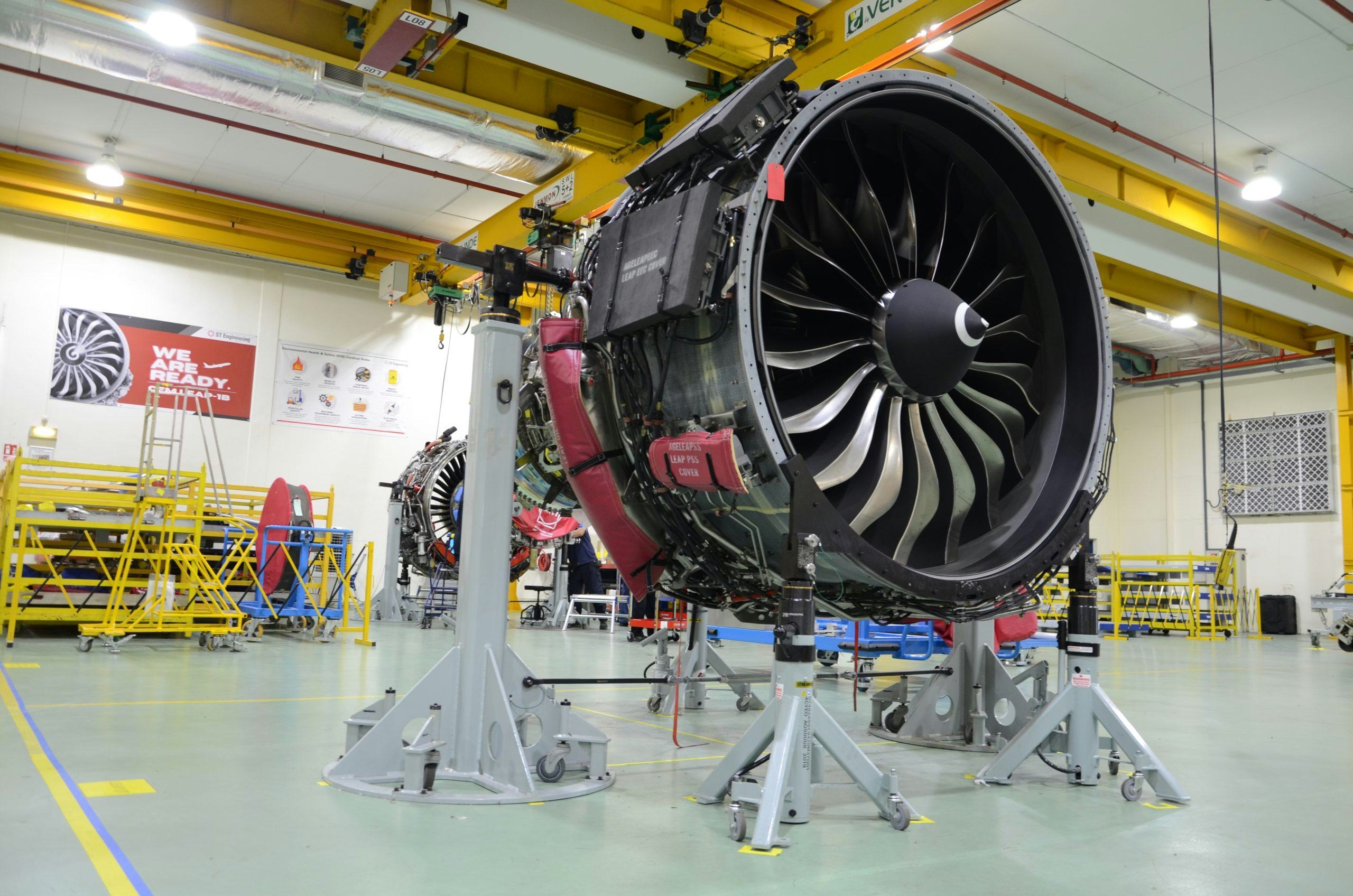
FAA Approves Enhanced Hardware for CFM LEAP-1A Engine
Addressing Durability Challenges in Harsh Environments
Fine airborne particles, often no wider than a tenth of a human hair, present a persistent challenge for commercial jet engines, particularly during takeoff when dust is ingested from the lower atmosphere. Over time, especially in hot and harsh environments, these particles erode critical engine components, adversely affecting both efficiency and durability. In response to customer feedback—most notably from operators in the Middle East—CFM International, a joint venture between GE Aerospace and Safran Aircraft Engines, has developed enhanced hardware to mitigate this issue.
On December 6, the U.S. Federal Aviation Administration (FAA) granted certification for a new high-pressure turbine (HPT) hardware durability kit designed for the CFM LEAP-1A engine, which powers the Airbus A320neo family. The kit comprises an improved HPT stage 1 blade, HPT stage 1 nozzle, and forward inner nozzle support. These components have been engineered to enhance engine durability and extend time on wing, particularly under demanding environmental conditions.
Gaël Méheust, president and CEO of CFM International, emphasized the significance of this development, stating, “This new hardware is fulfilling our promise to ensure that LEAP-1A engines achieve the same level of maturity, durability, and time on wing that our customers have enjoyed with the CFM56 product line.”
Extensive Development and Testing
The development of the enhanced hardware spanned 15 years and involved comprehensive laboratory research, analysis of millions of hours of field data, and the creation of a proprietary compound—referred to internally as “pixie dust”—to simulate real-world dust effects. Engineers subjected LEAP-1A engines to rigorous dust ingestion tests that replicated the wear patterns observed in operational fleets. These tests facilitated targeted improvements, including optimization of the casting and cooling processes for the HPT blade, as well as refinements to the blade tip and trailing edge. Additional modifications to the HPT stage 1 nozzle and forward inner nozzle support further increased the overall durability of the system.
Industry Context and Competitive Landscape
The introduction of these hardware enhancements occurs amid broader challenges facing the aerospace industry. Safran and CFM International are engaged in ongoing discussions with Airbus to accelerate LEAP-1A engine deliveries in support of ambitious A320neo production targets. However, supply chain disruptions and industrial actions have complicated these efforts. To alleviate production bottlenecks, Safran plans to inaugurate a new assembly line in Casablanca, Morocco, aiming to increase output and meet growing global demand.
Meanwhile, competition in the aftermarket support sector is intensifying. IAI’s Aviation Group BEDEK MRO has recently commenced maintenance services for LEAP engines, while AFI KLM E&M has expanded its testing capabilities in Paris and Amsterdam. These developments underscore the dynamic and competitive environment surrounding LEAP engine support.
Despite these challenges, the FAA’s approval of the enhanced hardware represents a significant milestone for the LEAP-1A program. It promises improved reliability for operators worldwide as the industry strives to keep pace with rising demand and evolving operational conditions.

Kazakhstan Acquires eVTOL Aircraft to Launch Air Taxi Service in Alatau

Tinci Materials Technology to Supply Electrolytes to Zhongchuang Innovation Aviation
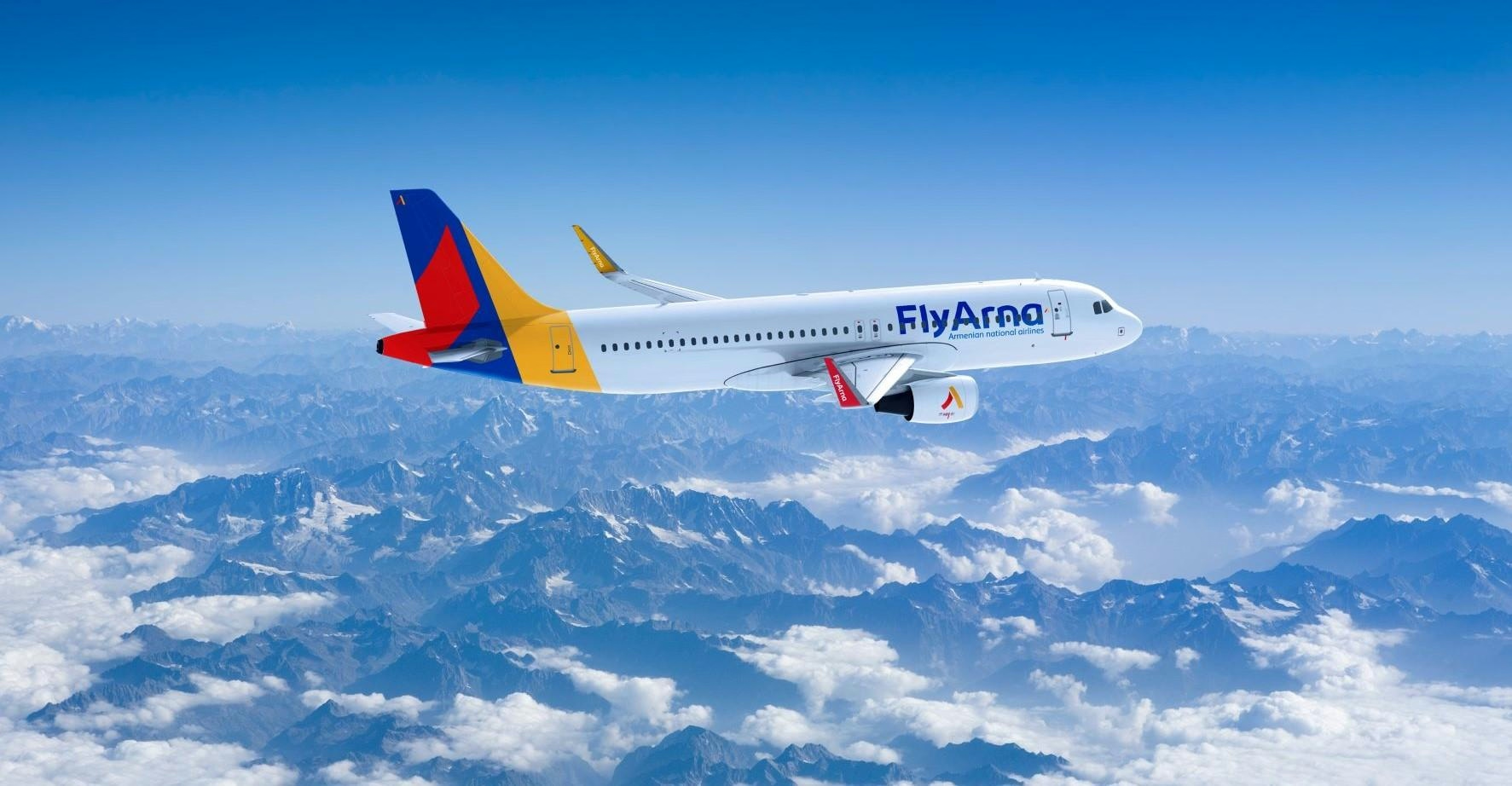
Satair and GAMECO Sign New Airbus Material Support Agreement
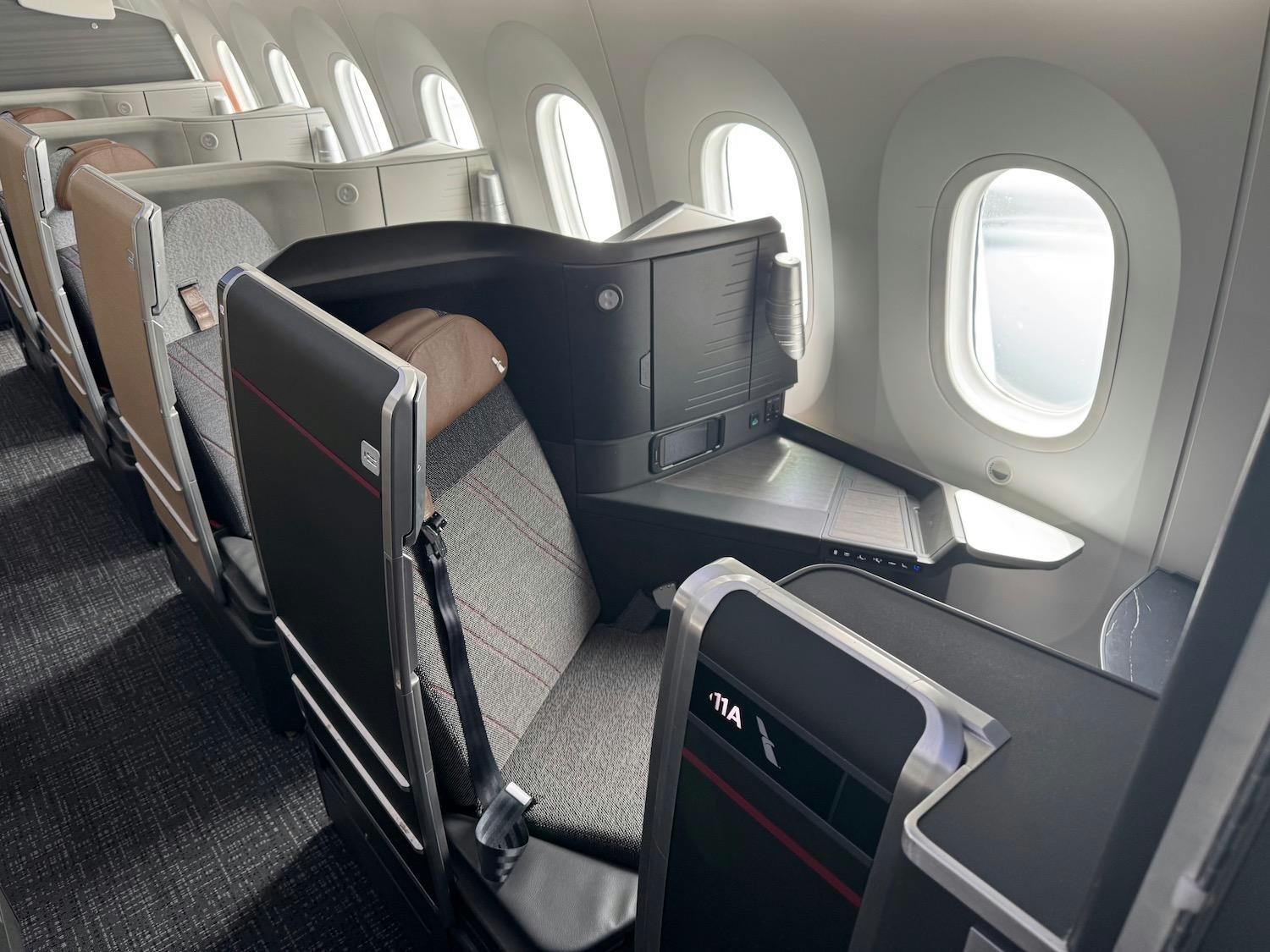
Somon Air Orders Up to 14 Boeing Jets, Including Four 787-9s

Wizz Air Delays Airbus Deliveries and Reduces Long-Haul Jet Orders

Over 100 Flights Delayed at IGI Airport Due to ATC Software Glitch
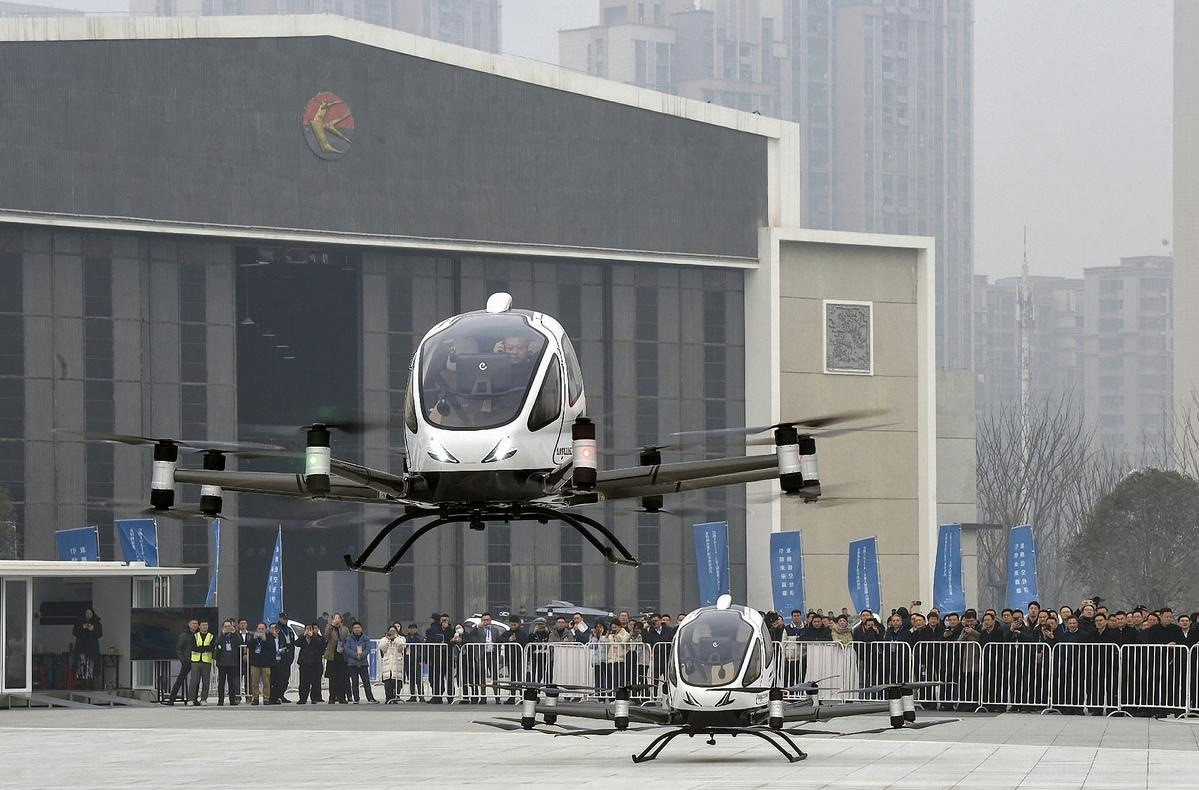
EHang Plans Affordable Air Taxi Service Launch in China Within Three Years

Operating Costs of a Boeing 747 Freighter in 2025
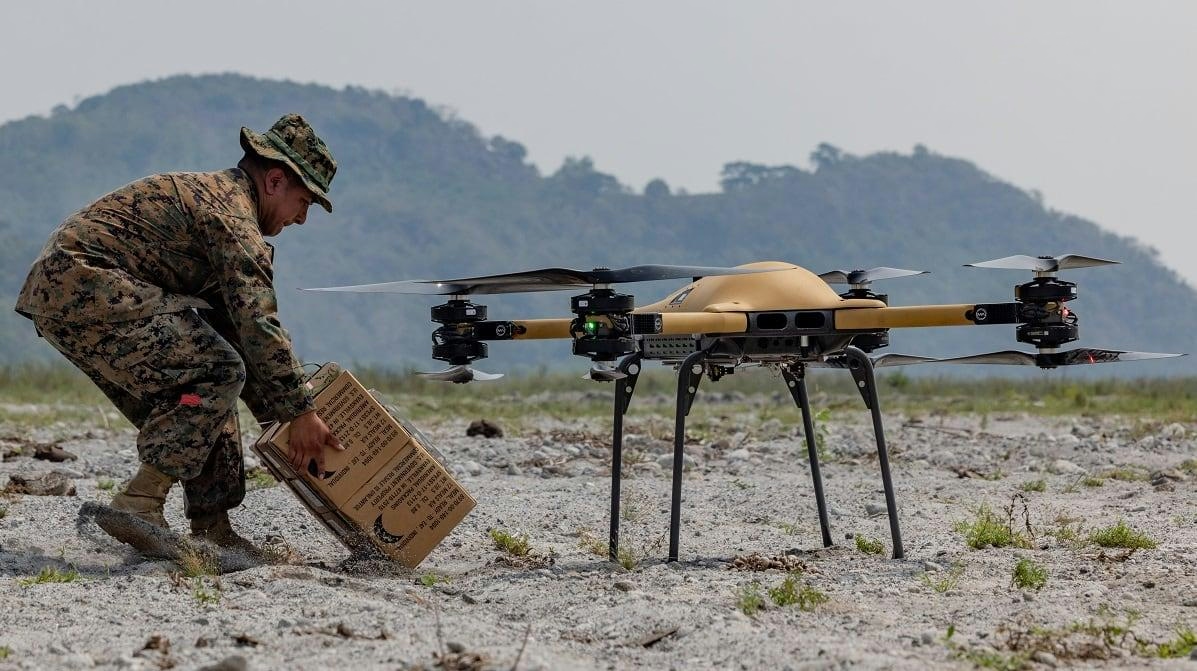
Unmanned Aerial Systems and Military Rotorcraft
